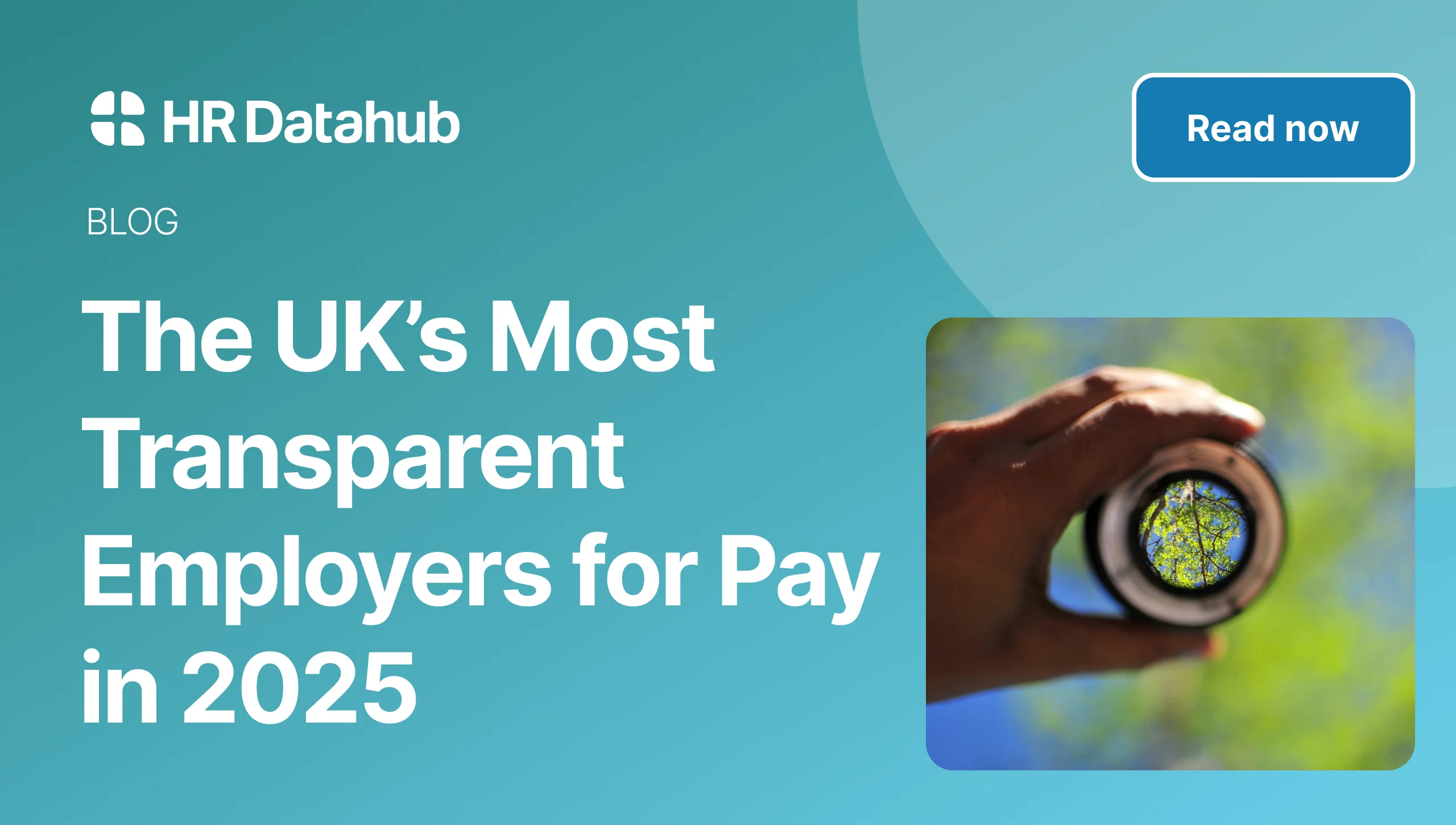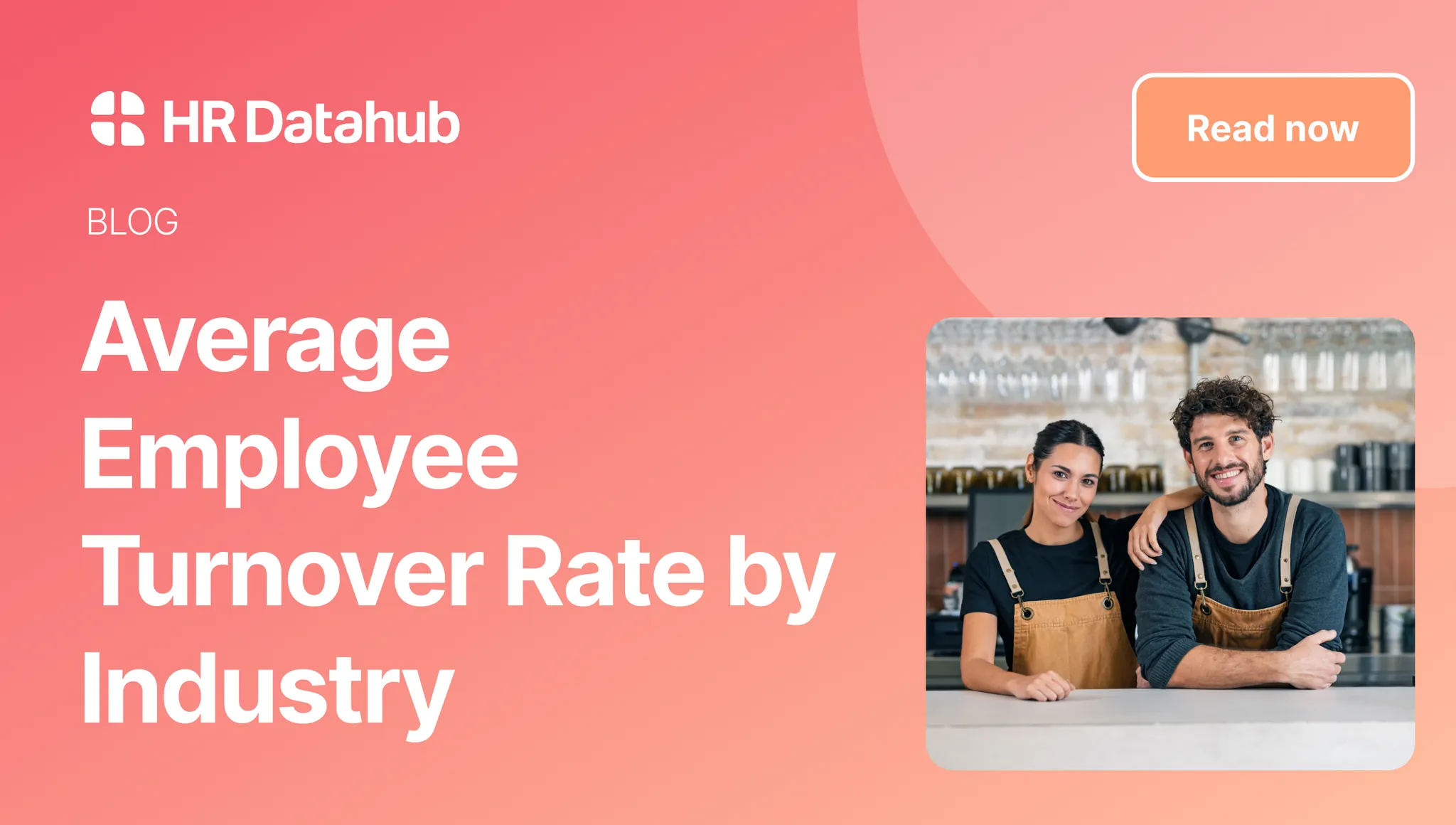

July 4, 2022
July 4, 2022
The Gender Pay Gap Problems - And how you can help

Published by:
David Whitfield
,
CEO & Co-Founder
,
HR DataHub

Reviewed by:
Alexa Grellet
,
COO & Co-Founder
,
HR DataHub

7
MIN READ time

Every year, many businesses across the globe tend to promote their work to support women on International Women's Day (March 8), thus turning attention to the Gender Pay Gap.
Now, while HR DataHub appreciates and fully supports a standard global measurement to help identify and track gender pay differences, the current gender pay gap calculation has room for improvement.
The problem is that Gender Pay Gap statistics tend to be thrown around in the media and by politicians without much scrutiny of the factors that impact this figure or discussing what isn't measured.
The reality is that the way it's calculated can provide ineffective and often misleading visibility about gender equality in the workplace.
The measurement takes a very narrow view of earnings for men and women. It doesn't consider various societal impacts that typically affect women more than men.
And if we want things to change faster, we need all actors on the market to understand why the current calculation slows change down and what they can do about it.
—
In this post, we cover:
- What the Gender Pay Gap is and how it’s measured.
- What is the most recent Gender Pay Gap in the UK? (2022)
- Who reports it
- Why the current process is incomplete in calculating gender equality in workplaces and society
- How to make it better.
Let's take a look.
What is the Gender Pay Gap?
In the UK, the Office for National Statistics (ONS) uses the Gender Pay Gap (or GPG) to report the difference between the median earnings per hour of women and men.
It looks at hourly earnings and excludes overtime so that final results aren’t biases by effective working time. This matters as a recent study from Office Freedom revealed that 28% of men say they work overtime every day, compared to only 13% of women.
How wide is the Gender Pay Gap in the UK?
It’s getting better, but the road ahead is still long.
According to the ONS, in 2022, the Gender Pay Gap in the UK was 14.9% for all employees, 8.3% for full-time employees and -2.8% for part-time employees (meaning the gap is in favour of women).

Source: Office for National Statistics - Annual Survey of Hours and Earnings (ASHE)
The trend is positive as the gap seems to reduce yearly. However, the COVID-19 Pandemic contributed to widening the gap for full-time employees. It’s also important to note that the negative gap for part-time workers has been closing in since 2015.
The impact of COVID on the Gender Pay Gap
The COVID-19 had a negative impact on the Gender Pay Gap.
- Until 2019, the GPG was reducing significantly yearly. It’s now been stagnating for three years for All employees.
- For Full-time employees, the gap has been widening for the past three years.
Why calculate GPG using median and not mean?
The median is preferred to the mean because it gives a more accurate picture of reality. Looking at the mean, the results would be impacted by the very few earning substantially more than the rest of the population. The median, on the other hand, splits the observed population into two groups and gives us the exact point where 50% of employees earn less, and 50% of employees earn more.
Gender Pay Gap measure ≠ Equal Pay measure
When we talk about the gender pay gap, many people think this relates to discrepancies in pay between men and women who do the same job, but that is inaccurate.
Equal pay refers to paying women and men the same amount if their work is similar or the same. It is mandatory in the UK and falls under the Equality Act 2010.
Who needs to report on the Gender Pay Gap?
Since 2017, organisations with a headcount of 250 or more must comply with regulations on gender pay gap reporting.
It should include:
- Mean hour rates
- Mean bonus pay
- Median hour rates
- Median bonus pay
The GPG calculation is based on your payroll data from a specific date, each year, referred to as the ‘snapshot date’.
There are two deadlines for this:
- For (most) public organisations: the deadline for the snapshot is 31 March.
- For other organisations: the deadline to submit your data is 5 April.
More information on the Gender Pay Gap Service.
What causes the Gender Pay Gap?
There are many factors to take into account.
- Unequal pay — which is illegal.
- Part-time work — 35% of female employees worked part-time, compared to 12% of male employees in June 2022. Moreover, women make up more than 74% of the part-time workforce in the UK.
- Higher concentration of women in low-paid jobs,
- Highly-feminised sectors,
- etc.

Overall, 59% of women are concentrated on lower-paying and lower-middle jobs, while only 47% of men do.
The Gender Pay Gap calculation problem
The GPG is also used all around the globe to measure women's position compared to men in the economy.
However, it doesn't consider role or seniority or the difference in pay for men and women who do the same job.
This makes it problematic.
Although the gender pay gap is commonly used as the go-to number when discussing gender equality in the workplace, it's not an accurate measure of equal pay.
If looking at median hour pay still is a useful tool to measure the GPG, it’s also too broad, especially considering the many factors causing the pay gap.
For instance, if the Gender Pay Gap has reduced from +27% to less than 15%, the reality is that most women earn less than men.
It becomes much more apparent when looking at the GPG from a different angle:
- Where the median pay is higher for women.
- Where the median pay is similar for both.
- Where the median pay is higher for men.

Source: Gov.uk.
It’s also interesting to look at disparities per employment type or region, to consider but a few relevant filters.
Gender Pay Gap - Public sector vs Private sector in 2022
In April 2022, the gender pay gap in the public sector for full-time employees was 11.1% and 13.8% in the private sector.
Both are above the 8.3% gender pay gap for all full-time employees. This can be attributed to the higher share of female employees in the public sector (58%) and the higher average earnings of the public sector compared to the private sector.

Gender Pay Gap per region in 2022

Why the gender pay gap shouldn't be a simple tick box exercise
As you know, many organisations launch marketing campaigns to mark International Women’s Day (IWD).
These campaigns often feature images of happy working women and messages of support and empowerment from their employers.
In 2022, things went down a little differently in the UK: a Twitter bot, aptly named Gender Pay Gap bot, retweeted every company’s IWD message with their gender pay gap figures, causing embarrassment to many brands.

The couple behind the buzz-worthy bot uses the publicly available gender pay gap figures to put facts at the centre of the conversation, asking us to consider if organisations are doing enough to support women in the workplace.
Through the bot, the gender pay gap figures were used to challenge organisations’ genuine commitment to achieving gender pay equality.
—
Now, more and more, discourse is moving toward facts rather than intent.
Measuring meaningfully: the path towards pay equality
Committing to building a diverse and inclusive workplace can't be passive; it needs to be centred on a proper diversity and inclusion strategy.
Alongside it should be a meaningful measurement of performance and progress.
If you can't measure it, you can't improve it.
So, how can organisations improve the gender pay gap measurement to get closer to assessing pay equality?
1. Look at pay levels
Looking at like-for-like roles can become too narrow (especially in smaller organisations), which means they could quickly lose any statistical significance. Instead, we suggest organisations expand their gender pay gap calculations by framing them at pay levels.
Pay levels refer to compensation structure, which can be different across each organisation.
Pay level usually mirrors the hierarchy of an organisation, meaning pay is determined on aspects such as level of job, responsibility, position, experience, or accountability.
Making this change may seem like a small step, but assessing gender pay gaps by pay levels, can be a far more helpful calculation because it presents a much more granular picture of what’s happening across different levels of seniority, especially as women are less likely to be in the highest-paying senior roles.
For example, The Economist reported that only 20% of females make it to the top quarter. Approximately 30% of a company's gender pay imbalances relate to the share of women who work in low-paying roles.
2. Educating our leaders
Improving the calculations is one thing, but we also need to improve how we talk about pay gaps in organisations.
Educating our leaders about the difference between equal pay and the gender pay gap and the impact on their female employees is essential.
While the current measures used for the gender pay gap are inefficient, that's no reason to eliminate them.
An imperfect measure is a good starting point to raise awareness and provides opportunities for workplaces to build on and improve how we measure and track gender equality.
As for the next steps, we have your back.
Where is YOUR organisation standing on Gender Pay Gap?
Diversity and inclusion in workplaces matter, but it's no longer enough to talk about what we're doing.
TABLE OF CONTENTS



.jpg)

